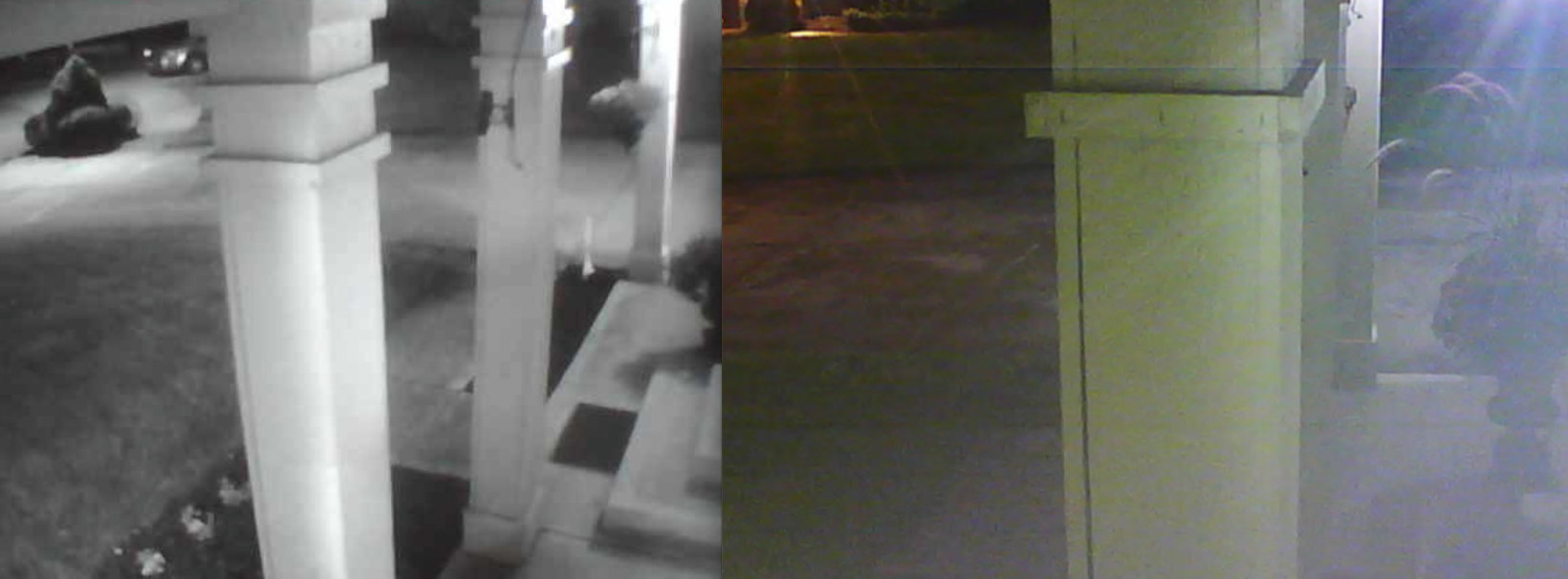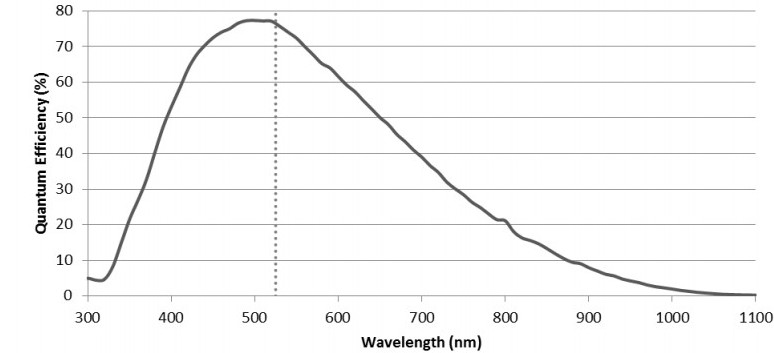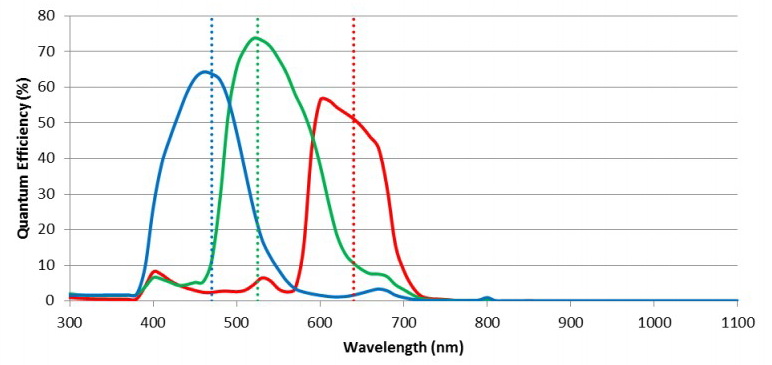boilers
Active Member
I have more than a few home CCTV/IP-Cams. My old Philips/Magnavox BLACK & WHITE CCTV system has amazing low-light capabilities. Even some of the iPhone 7 rumors thought the dual-camera set-up MIGHT HAVE had one B&W sensor so that Apple COULD HAVE used that better low-light data to fill in the OTHER color camera data, and merge the two for better low-light images.
So, where are the B&W dash cam sensors?
So, where are the B&W dash cam sensors?




